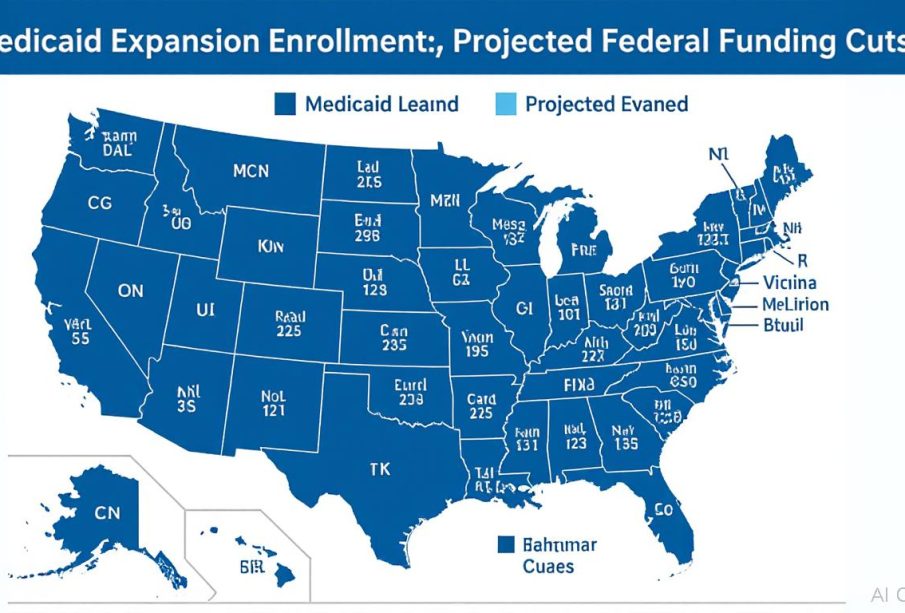Understanding the Importance of Medicaid in the U.S.

Introduction
Medicaid is a crucial public health program in the United States that provides health coverage to low-income individuals and families. Established in 1965 as part of the Social Security Act, Medicaid plays an essential role in ensuring access to necessary medical services for millions of Americans, particularly vulnerable populations such as children, the elderly, and people with disabilities. With rising healthcare costs and ongoing policy debates, understanding Medicaid’s relevance and current events is vital for citizens and policymakers alike.
Current Status and Changes
As of 2023, Medicaid covers more than 80 million individuals nationwide, representing a significant increase amidst the COVID-19 pandemic. The federal government has allowed states to implement continuous enrollment policies during the public health emergency, meaning that millions of enrollees have retained their coverage even during economic uncertainties. However, as the pandemic wanes, many states are set to evaluate eligibility and reinstate regular renewal processes, which may lead to a substantial number of people losing their benefits.
Recent legislative discussions have focused on expanding Medicaid in states that have yet to do so. As of now, 12 states have not expanded their Medicaid programs under the Affordable Care Act, leaving millions without access to critical healthcare services. Activists and health organizations are advocating for expansion as studies indicate that increased coverage leads to better health outcomes and reduced hospital costs.
Impact and Future Dependencies
The significance of Medicaid extends beyond basic health services. According to the Kaiser Family Foundation, Medicaid funding accounts for a considerable portion of state budgets, influencing various sectors, including education and infrastructure. The program also supports hospitals and medical providers by compensating for low-income patients who might not otherwise receive care.
Looking ahead, the sustainability of Medicaid funding remains a hotbed for legislative review as federal and state governments grapple with budgeting and fiscal policy issues. Financial constraints could lead to cuts in services or increased eligibility requirements, further complicating access for low-income families. This concern is highlighted in various reports indicating that states may seek to tighten their Medicaid programs to manage costs.
Conclusion
As the discussion around Medicaid evolves, its future remains precarious yet critical for millions of Americans. The shifting political landscape could heavily influence healthcare access and quality over the coming years. For readers, staying informed about Medicaid developments is essential, not only for those directly affected but also for understanding broader healthcare trends that affect the U.S. population. Ensuring that Medicaid meets the needs of its diverse enrollees is imperative for a healthier future for all.









